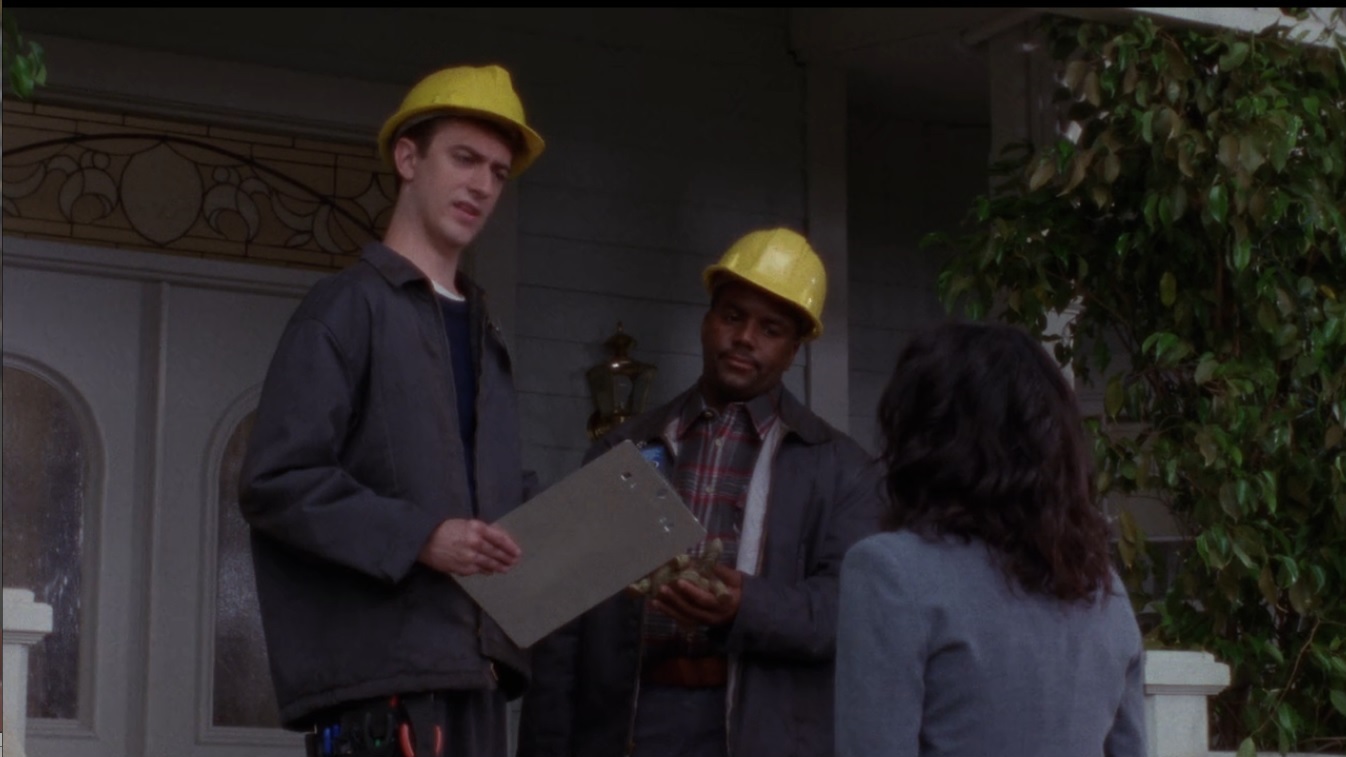The Lorelais' First Day at Chilton
Getting wired with the Gilmores
3 November 2022

Around the 35 minute mark of the second episode of Gilmore Girls we meet a new character called Mick. His appearance is short-lived in the episode, but fans will know him by his future name: Kirk.
What is Mick up to in this episode? Installing a DSL for Lorelai's house. And it's been paid for by Emily Gilmore. How dare she?!
Digital Subscriber Line
What is a digital subscriber line?
DSL is a way to use traditional telephone wires for both internet and voice calls at the same time. In 2000, when this episode was airing, fibre rollout hadn't happened in any big way. That meant you accessed the internet through double looped copper wires.
Landline phones work by sending voltage waves that match the sound waves generated by a telephone microphone. These waves are limited to a range between 300 and 3300hz. This is why phone calls are usually pretty unclear, making it harder to hear high frequency sounds like sibalence in S's and T's. This adds another barrier to understanding Michal's heavy French accent for customers trying to make bookings at the Independence Inn.
With a dial-up connection, data gets sent along the same frequency range as phone calls, making it impossible to make a phone call and use the internet at the same time. However, DSL will use higher frequency bands to send bytes over the wire. This allows callers to safely speak on the phone using the lower frequencies, while the internet modem listens to the other frequencies.
What Kirk/Mick would have been installing in Lorelai and Rory's house was a DSL modem. This takes the frequencies passed over the phone line, high-pass filters out the lower frequencies, then converts the resulting bands to 0s and 1s. Then Lorelai could plug in her desktop computer to receive those bytes over Ethernet. Or alternatively, get mad at her mother for giving her things.
There's a complex magic to modems working out which frequencies will have a strong signal-to-noise ratio. Modems will convert these signals to bytes based on subtle fluctuations in pitch, allowing transfers of megabytes per second (in best case scenarios). Much like the many miscommunications between three generations of Gilmore women and their romantic partners, it can be difficult for modems to remove interference. But in the end they always seem to get there.
Although this scene seems inconsequential, the installation of a DSL line in 2000 pretty firmly puts the Gilmores in the "early-adopter" category for high speed internet. We can now look back and wonder what advantages Rory gained from having such high-speed access to information before her peers. Peers who would also be applying for Ivy League colleges in the coming years. A reminder that though Lorelai tries to escape and ignore her privilege, it is always present in her and her daughter's lives.